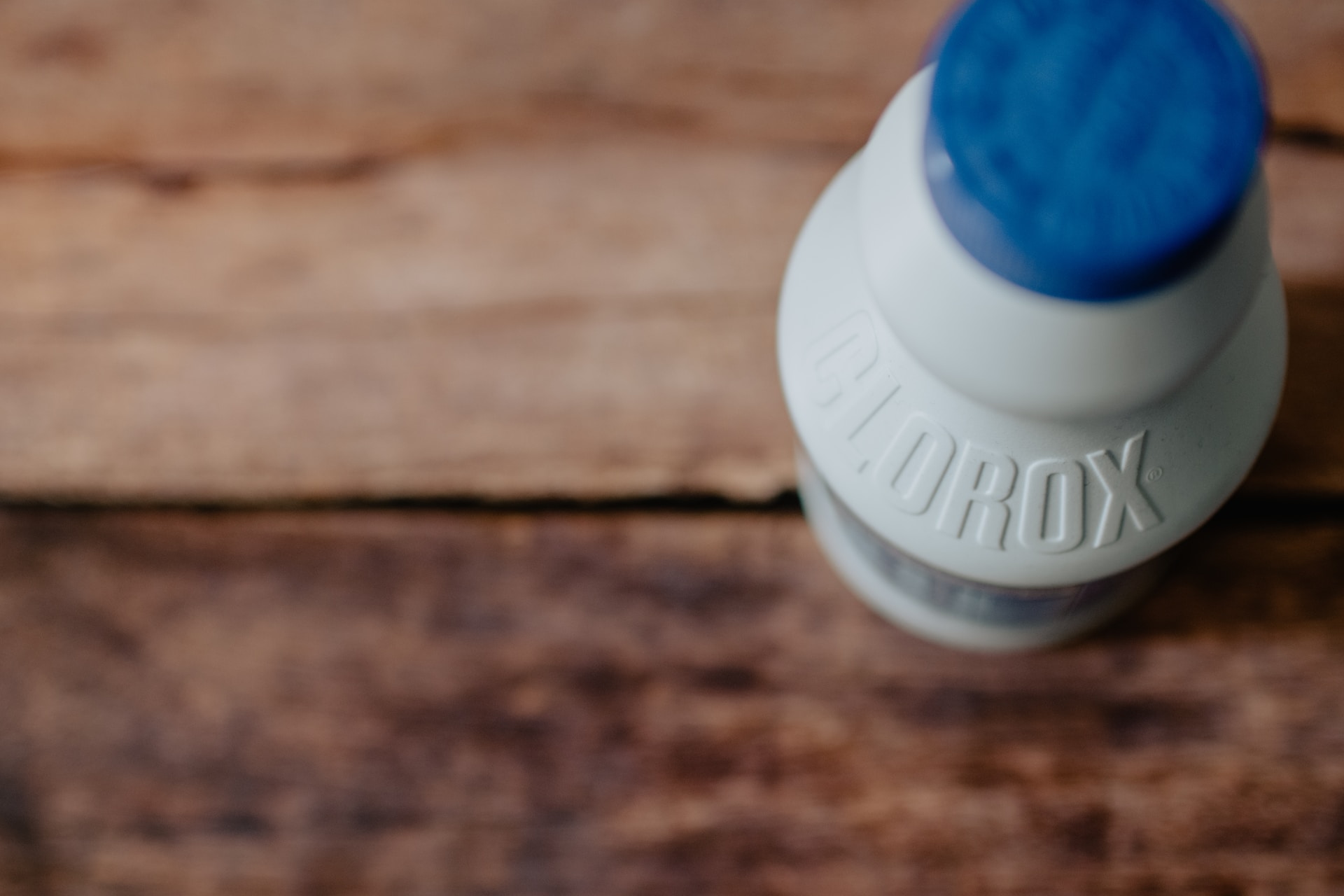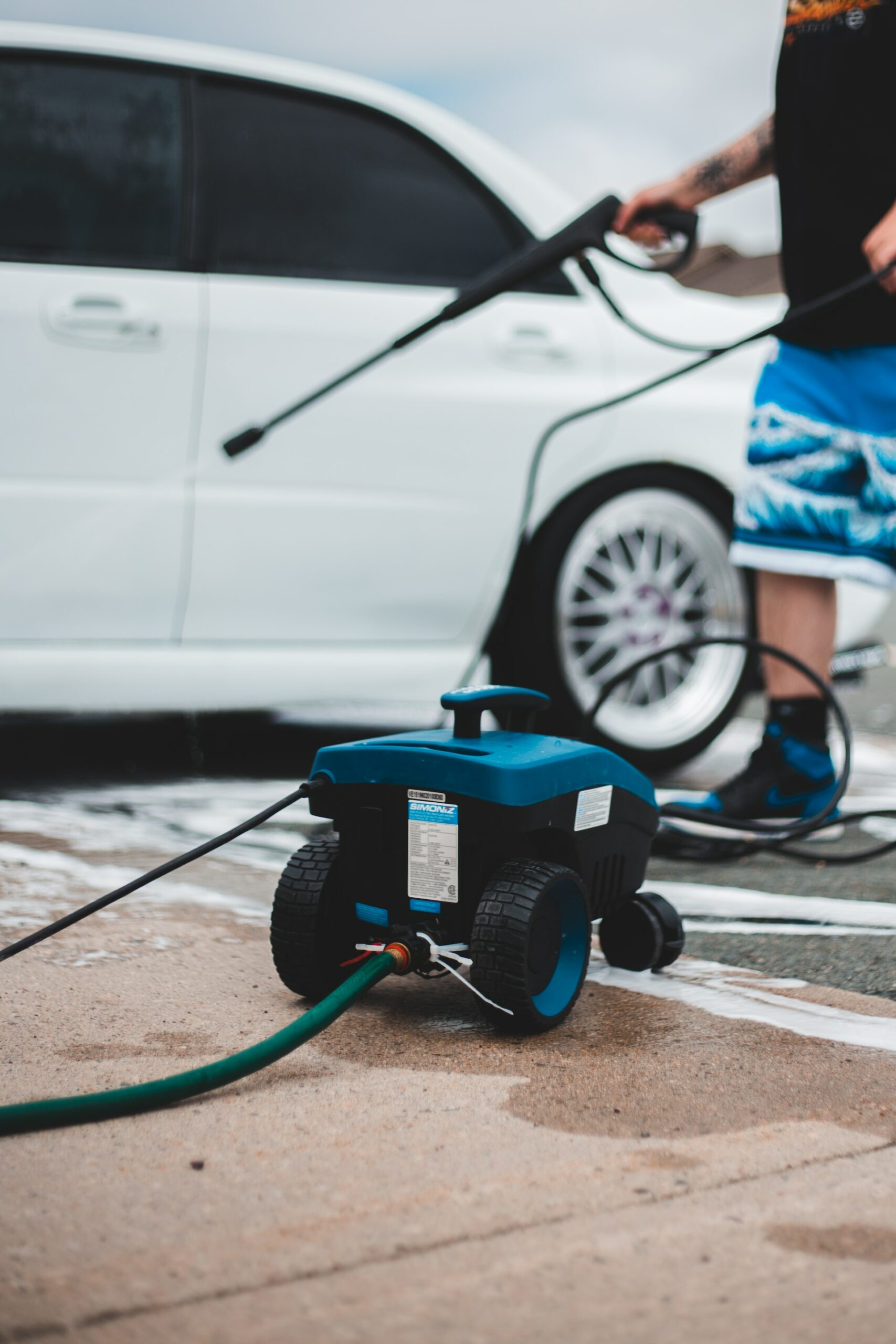Gutters aren’t something that most homeowners think about often, aside from the one time a year they’re cleaned — if that. However, they are the unsung hero of your home. Gutters work by diverting rainwater from your roof back down to the ground through a downspout. When this process is interrupted, it can cause untold damage to your property, as well as your health and safety. With that in mind, it’s crucial to check on your gutters a few times throughout the year to mitigate the following risks.
Property Damage
When the ability for gutters to run water away from your home is interrupted, there’s a high potential for damage. Excess water can pool on your roof, which bleeds into the rest of your house. This can lead to damaging not only your shingles but the roof itself, your attic, and even your ceiling in some cases. In addition, water can create ceiling bubbles filled with water; even just a little moisture can set the stage for mold and decay.
Water damage from clogged gutters isn’t just a top-down problem for your house. Water overflowing from gutters can seep into the foundation of your home. Gutters prevent water from getting into the soft soil right up against the house. With failing gutters, that water will drop directly onto the side and along the structure’s foundation. This water can then freeze underground, forming and widening cracks in the foundation, causing even more damage.
If that wasn’t bad enough, this water also contributes heavily to basement flooding. Keeping those gutters and downspouts clean, however, will keep all of these nightmares at bay.
Insect Infestation
That blockage made from mildew, algae, and decaying leaves in your gutters works as an excellent breeding ground for insects and molds. While unsightly and annoying, clogs like this can also pose a serious health risk.
Insects and molds can spread diseases from the ivory tower of their gutter fort. From their roofside perch, bugs can migrate seamlessly into your home, making a bad problem worse. Clean gutters won’t make your home insect-proof, but it prevents them from having a 5-star hotel on your home.
Landscape Damage
People take pride in their gardening, landscaping, or just how nice their lawn looks freshly cut. As you can imagine, a clogged gutter can turn a beautiful flower garden into a muddy mess. Overflowing water from the gutter can cause heavy water to fall directly down along the side of the house. As a result, heavy water can smash into any unsuspecting tulips which had previously taken shelter along your home, exposing bulbs and creating a slurry of mud too wet for your garden to thrive.
Fire Risk
Water and electrical systems don’t mix. Just as water from an overflowing gutter can damage your roof, it can also get in at your home’s wiring. This is a huge fire hazard, as any water running alongside electricity can cause a short circuit. When this occurs in the attic of a house, it can take some time to detect. In that time, a spark can cause a fire that can quickly grow out of control, feeding on all the dry material in the ceilings of houses. The best prevention is clean gutters and an adequately sealed roof to keep your home dry — not to mention correctly insulated electronics and wiring.
For many, their home is their pride and joy. For others, it’s just a place where you sleep and need to do chores all the time. Wherever you stand, gutters should be near the top of your spring cleaning checklist (or more frequently, depending on your tree situation). Be sure to regularly check to make sure there isn’t any new blockage or build-up so that the water can keep flowing smoothly. After all, cleaning your gutters properly isn’t only a matter of appearance; it’s a matter of home safety.
Photo by Keith Dodrill on Unsplash


